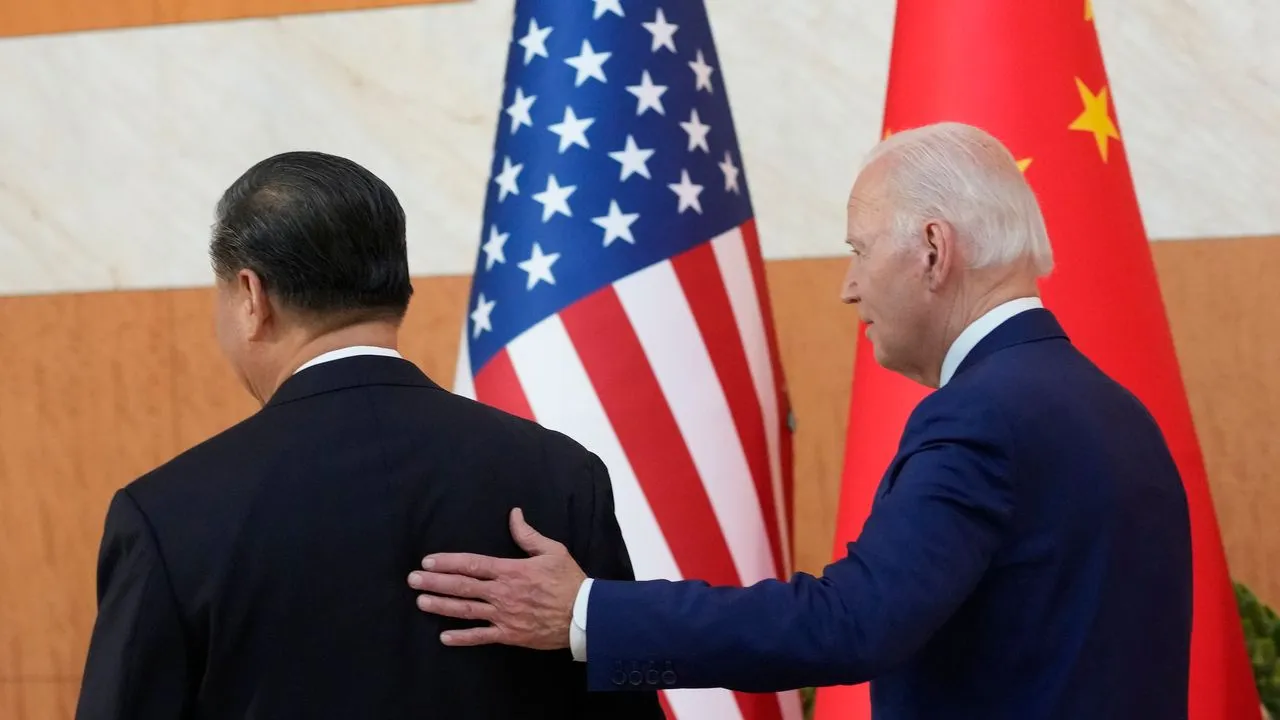By: Aditya Vashisht
The much awaited visit of US Secretary of State Antony Blinken to China is going to take place next week on 18 June. The visit was to originally take place in February, but due to the Chinese balloon incident, which became another source of tension between US and China, it was called off.
The visit follows a spate of efforts made by the US to reach out to China. Just last month two top level meetings took place between the officials of both the nations. These included one between US NSA Jake Sullivan and Wang Yi, the former Chinese top diplomat who is at present the Director of Foreign Affairs Commission. Another was the secret visit to China undertaken by CIA director, Bill Burns, a trusted confidant of President Biden. All these meetings are considered as an attempt to manage the heightened tensions which have characterized the relationship between the two nations.
Such efforts and the accommodating nature of statements are being regarded by many as a new thaw, with some including former Cold War-era US Secretary of State Henry Kissinger equating with the thaw which had taken place between US and the Soviet Union.
The basic idea which China and the USA seem to convey is that an all out war is in no one’s interest and therefore, it is essential to manage tensions which might risk unleashing something worse.
However, neither side appears to accept the idea of demarcating nor accepting their respective spheres of influence, which constitutes a substantial measure towards a constructive relationship. In fact both Washington and Beijing are rivaling each other in terms of gaining influence in different regions of the world.
The US at present is engaged in bolstering the defensive capacities of its allies, trying to form a defensive axis to the east of China in order to deter the dragon from engaging in any misadventure in the future. Some of these measures include the talk of opening a NATO office in Japan, the AUKUS pact which provides nuclear submarines to Australia, conducting regular military drills with Japan and South Korea, gaining access to four Filipino military bases and intending to open a fifth one as well in the island country. Moreover, the US continues to maintain contacts with Taiwan at high levels which are nothing but rattling for Beijing.
If one takes upon the larger area, the US at present is focusing on deepening its engagement with neutral minded nations in the vicinity of China, such as India and Indonesia. Not only it has formed a political axis with India in the form of QUAD, it has also concentrated on adding the element of interoperability at the military level with nations such as these. Such is the US focus upon the region that it is also showing interest in Nepal too, a country which has largely been an arena of power tussle between India and China.
The US is also seeking to wriggle out Pacific Island nations from China’s influence, latest examples being the signing of a security pact with Papua New Guinea, which is being seen in response to the pact which China had signed last year with the Solomon Islands. Even Fiji’s hostile rhetoric towards the police pact which it had signed earlier with China might also be the result of Washington’s active diplomacy in the region.
Meanwhile, the Chinese are also not showing any sign of drawing down. They too, are actively attempting to undercut US influence in other regions. With regards to Middle East, the brokering of rapprochement between Saudi Arabia and Iran is being considered as a major diplomatic achievement. The fact that the two regional rivals chose China to provide its seal of approval over their reconciliation speaks volumes, especially in relation to Saudi, which was once a trusted US ally.
China is also actively gaining influence in Latin America, which the US has considered as its own backyard. In this, it is being aided by the pink tide which has engulfed the political landscape of the region, which is producing leaders with an independent mind whose policies are uninfluenced by Washington.
Also Beijing is not dipping its rhetoric over Taiwan, and has not unchanged its stance to reunite that island nation by force if necessary. Now as one regards the nature of a thaw, it has a nature of happening after a tipping point at which is realized that it’s highly necessary to relax the tense atmosphere.
By now, no event has taken place which has matched the magnitude of the Cuban Missile Crisis. In the future though, such a moment could be considered to be provided by Taiwan. America’s active defense engagements in the Indo-Pacific region aim to ensure the best available deterrence towards China’s aggression against Taiwan. The US is emphasizing strongly upon the significance of maintaining relations with Taiwan and of supporting it, but there exists less appetite to actually defend it.
However, Washington, it must be mentioned, has subjected itself to exhaustion due to the massive amount of aid which it has provided to Ukraine in its war against Russia, a war which has also divided its attention towards countering Beijing. The broader consensus in the US is that for the next few years, countering Chinese aggression directly would not be fruitful.
This has provided China an excellent window of opportunity to strike Taiwan. This will also be the point which shall actually determine the real nature of the relationship between both the nations. If the Taiwanese public elects a pro-Chinese candidate in 2024, then there might be a possibility of a thaw continuing. Or if the deterrence posed by US in China’s vicinity succeeds, then a moment like a Cuban Missile Crisis could prove to be the much coveted tipping point. But should China succeed in its motives without encountering any strong US response, what would be the nature of international politics? Would it be followed by a loose unipolarity, a tight bipolarity or an event which is ferocious in scale?
The writer is a blogger



